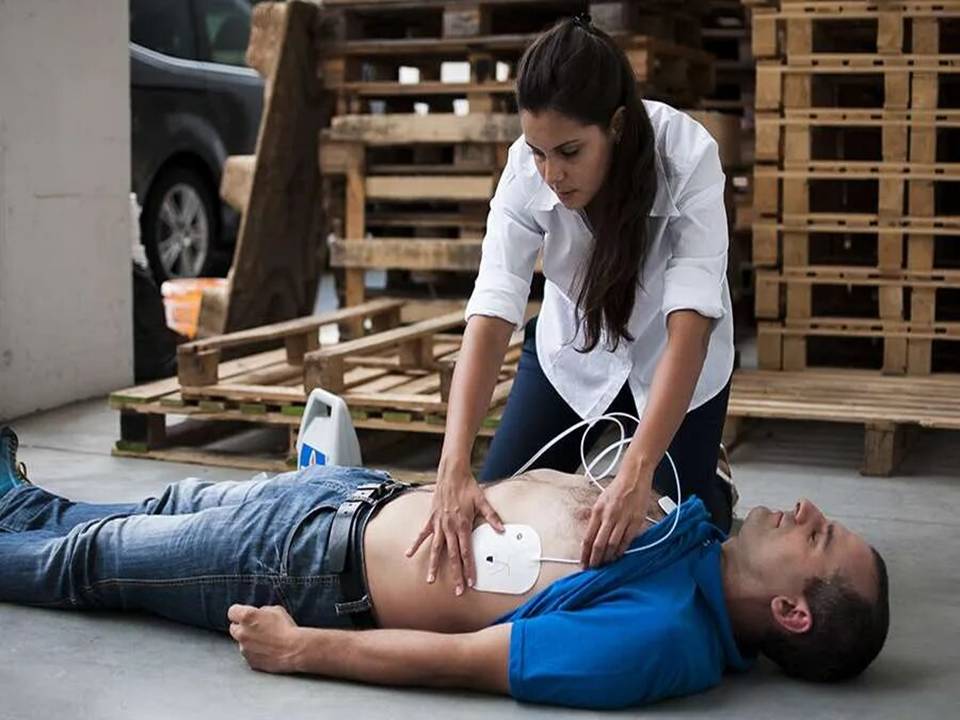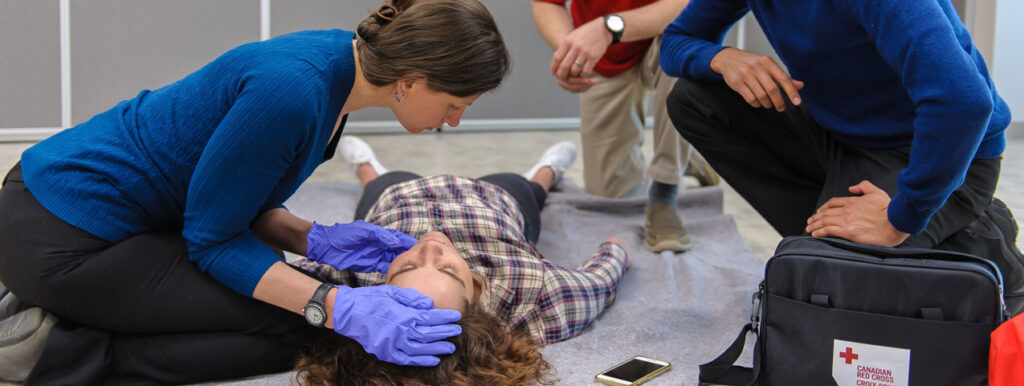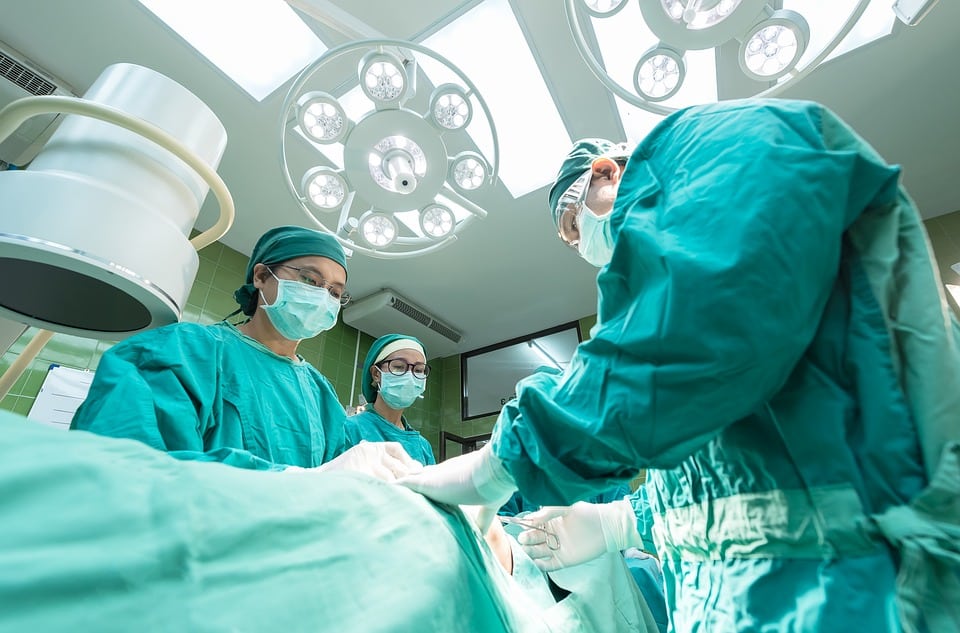Training Teachers in Cyprus in CPR and First Aid
CPR and first aid: Training teachers in Cyprus in CPR and first aid equips them with essential life-saving skills that they can pass on to their students. This initiative not only empowers educators but also promotes a culture of safety and preparedness in schools. By actively engaging in training programs, teachers learn how to respond effectively in emergencies, such as cardiac arrests, choking, or other critical health incidents, and they share this knowledge with their students, enhancing safety in their communities.
Why CPR and First Aid Training Matters in Schools
Cardiopulmonary resuscitation (CPR) and first aid can significantly improve the chances of survival in an emergency. In many cases, immediate intervention is the difference between life and death. Schools, as densely populated environments, are places where emergencies can happen at any time. Children are prone to accidents, and educators need to be equipped with the skills to manage them.
In Cyprus, training teachers in CPR addresses this need directly. With increased awareness of the importance of health and safety, many schools have integrated CPR and first aid training into their staff development programs. This ensures that teachers remain prepared to handle emergencies, keeping students safer and reducing response times to incidents.
The Role of Teachers as First Responders
Trained teachers serve as first responders in schools. They must often act before medical professionals arrive on the scene, and their quick actions can stabilize a situation and prevent it from worsening. CPR training helps them recognize the early signs of a cardiac arrest or choking, allowing them to intervene immediately.
When teachers know how to administer CPR, they can confidently take action during the first crucial minutes of an emergency.

They can check the victim’s airway, breathing, and circulation and provide chest compressions or rescue breaths as needed. These steps maintain blood circulation to the brain and vital organs until emergency medical help arrives. By handling these critical moments well, trained educators protect their students and colleagues from more severe outcomes.
Passing on Skills to Students
Once teachers have mastered CPR and first aid, they can pass these skills on to their students. Educators in Cyprus increasingly see the value of teaching young people basic first aid and emergency response techniques. Students who learn these skills become valuable assets in their communities and develop a sense of responsibility for the safety of those around them.
Introducing CPR and first aid training into the curriculum does more than just teach practical skills; it instills a broader understanding of health and safety. Schools organize workshops, demonstrations, and interactive sessions where students practice skills like bandaging wounds, using an Automated External Defibrillator (AED), and performing the Heimlich maneuver. Teachers lead these sessions, guiding students through real-life scenarios so they gain confidence in their ability to respond to emergencies.

Empowering Students to Take Action
By learning CPR and first aid, students can act in critical situations, both at school and in the wider community. Accidents and health emergencies do not only occur in controlled environments, and by training students, teachers give them the ability to make a difference wherever they are. A child trained in first aid can help a sibling, grandparent, or even a stranger in an emergency.
Moreover, when students see their teachers practising and teaching CPR and first aid, they internalize the importance of preparedness and responsibility. This ripple effect leads to more resilient communities that are better able to respond in the face of emergencies. Schools play a pivotal role in shaping future generations, and teaching first aid is an essential part of this mission.
Practical Challenges and Solutions
Training teachers and students in CPR and first aid does come with challenges. Some teachers may feel uncomfortable with the responsibility of learning life-saving techniques. In response, many schools in Cyprus have partnered with professional organizations to provide thorough and practical training sessions. These programs offer hands-on experience, so teachers feel confident in their ability to act in real emergencies.
Another challenge lies in incorporating these skills into the already packed school curriculum. Schools have addressed this by embedding first aid training into health education classes or organizing annual workshops. By doing so, they ensure that students receive this training without disrupting their academic progress. Additionally, some schools create “first responder” student groups who receive more intensive training and can assist during emergencies. This approach reduces the burden on teachers and creates a team of peer leaders ready to act when needed.
A Growing Movement
The movement to train teachers in CPR and first aid reflects a broader effort in Cyprus to improve public health and emergency preparedness. The government and various health organizations have supported schools by offering certified training programs and providing resources like AEDs to educational institutions. In many cases, schools have received
donations or funding to purchase the necessary equipment and materials for effective first aid training.
As more schools join the initiative, the impact grows. Trained teachers not only pass their knowledge on to students, but they also inspire confidence in parents and the broader community. Knowing that educators are capable first responders brings peace of mind to families and strengthens the school’s role as a safe environment for learning and development.
Conclusion
Training teachers in CPR and first aid represents a crucial step in improving the safety and preparedness of schools in Cyprus. By learning these life-saving skills, teachers become first responders who can protect their students and colleagues during emergencies. Furthermore, by passing on their knowledge to students, they create a new generation of young people who are capable of responding to accidents and medical emergencies. This collective effort builds safer schools, more resilient communities, and a culture that prioritizes health and safety. Through training, practice, and a commitment to preparedness, Cyprus schools stand as examples of proactive care and responsibility in the face of emergencies.
You May Also Like This
Greek Doctors are Joining GESY: https://anatolikilemesou.com/?p=2529
First Aid and Safety Training: https://sts-firstaid.co.uk/courses/




